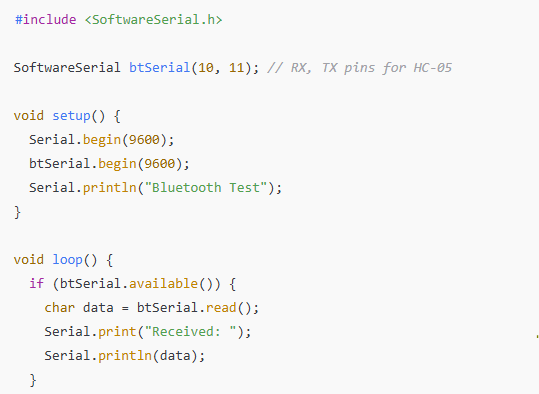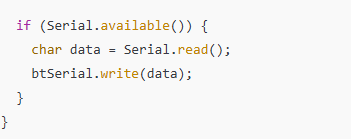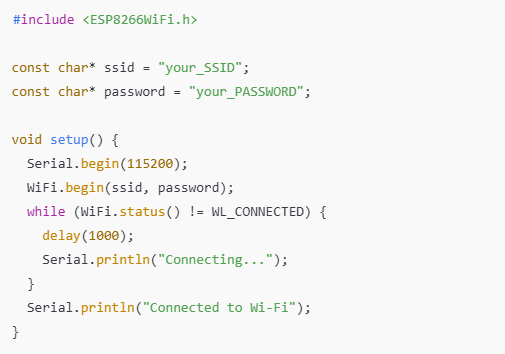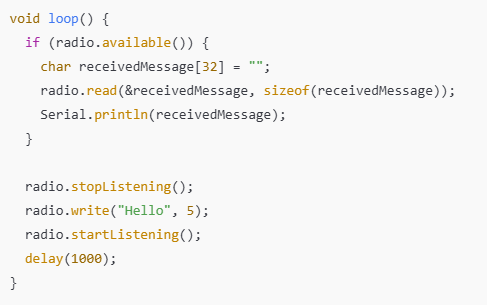
Wireless communication has become an essential component in modern electronics and IoT (Internet of Things) projects. With Arduino, integrating wireless technologies like Bluetooth, Wi-Fi, and Radio Frequency (RF) is not only possible but also beginner-friendly. These wireless methods enable Arduino boards to communicate with other devices, access the internet, and exchange data over short and long distances—without the need for physical connections.
In this guide, you’ll explore how to build Arduino projects using these three major wireless communication technologies. You’ll learn the basics of each method, the most popular modules available, how to wire and program them, and how to test your setup. Whether you’re looking to control your Arduino from a smartphone, connect it to a web service, or build a wireless sensor network, this overview will help you get started.
HC-05:
A popular Bluetooth 2.0 module for serial communication with an Arduino
HC-06:
Similar to the HC05 but usually configured as a slave device
ESP32: A more powerful board with built-in Bluetooth (and WiFi), used for both Bluetooth and Wi-Fi communication.
Basic Arduino Bluetooth Project Example:
Materials Needed:
Arduino Uno or any Arduino board
HC-05 Bluetooth module
Jumper wires
Steps:


WiFi communication allows Arduino to connect to the internet or a local network.
WiFi is commonly used in IoT (Internet of Things) projects, enabling devices to be remotely monitored and controlled.
Popular Wi-Fi Modules for Arduino: ESP8266: A lowcost WiFi module used to connect Arduino to Wi-Fi networks. ESP32: A more advanced module that supports both Wi-Fi and Bluetooth.
Basic Wi-Fi Project with ESP8266: Materials Needed: ESP8266 Wi-Fi module Jumper wires Arduino IDE with ESP8266 board manager installed
Steps: Wiring the ESP8266 to Arduino: Connect the ESP8266 to your Arduino using the appropriate pins. Programming the Arduino (using ESP8266): You can use the following example code to connect your ESP8266 to a Wi-Fi network.

Testing: Upload the code to the ESP8266 using Arduino IDEOpen the serial monitor to verify if the ESP8266 connects successfully to the Wi-Fi network.
RF communication is typically used for short-range wireless communication between devices. Modules like the NRF24L01 are used for creating simple wireless communication networks with low power consumption. Popular RF Modules for Arduino: NRF24L01: A low-power, low-cost RF transceiver that can be used for point-to-point or multi-node communication. RF433 MHz
Transmitter/Receiver: Simple RF modules used for communication over short distances. Basic RF Communication with NRF24L01: Materials Needed:
Arduino Uno
NRF24L01 module
Jumper wires
Steps: Wiring the NRF24L01 to Arduino: Connect the NRF24L01 to the Arduino using SPI pins (MISO, MOSI, SCK, CE, CSN). Install the RF24 Library: You need to install the RF24 library in Arduino IDE to interact with the NRF24L01.


Testing: Upload the code to two Arduino boards, one transmitting and one receiving. Observe the messages being transmitted and received.
Additional Resources: Arduino IDE: To write and upload your code to the Arduino. Arduino Libraries: Many of these modules require additional libraries that can be installed through the Arduino IDE’s Library Manager (e.g., SoftwareSerial, RF24, ESP8266WiFi).
Indian Institute of Embedded Systems – IIES